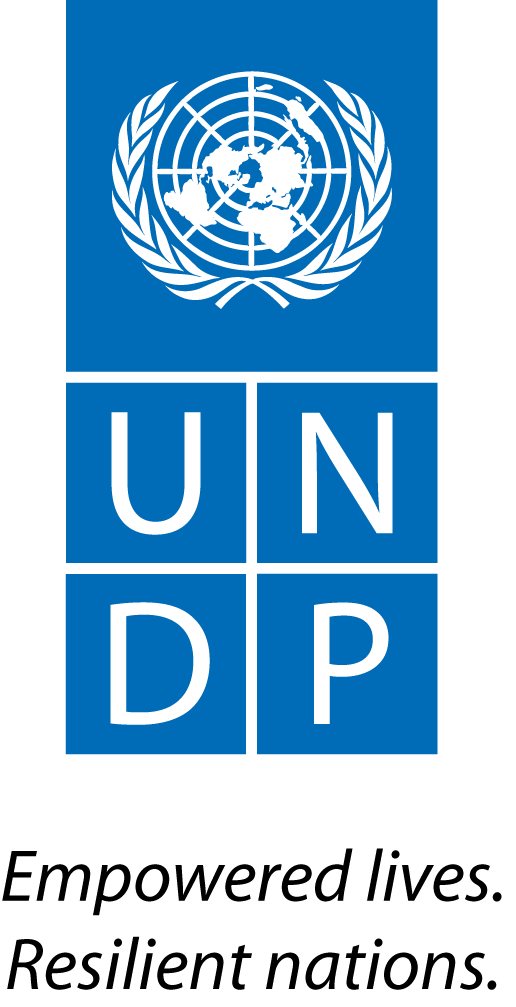 |
Climate change: Another reason to move, says ADB 14.02.2011
Votează: 0.0/5 (0 Voturi ) |
http://www.thejakartapost.com/news/2011/02/14/climate-change-another-reason-move-says-adb.html
Extreme weather caused by climate change variables has given another reason for people to migrate, experts say.
Asia Development Bank (ADB) is preparing a report called “Climate Change and Migration in Asia and the Pacific”, which is scheduled to be completed in March.
ADB has been looking into migration patterns in the Asia-Pacific region, seeking linkages to natural disasters such as flooding.
ADB recently held an online discussion regarding the report, hosting ADB’s Climate Change Program Coordination Unit chief Robert J. Dobias and Francois Gemenne, a research fellow at the Paris-based Institute for Sustainable Development and International Relations (IDDRI). More than 40 participants across the Asia-Pacific region joined the discussion.
Dobias said the report took the position that climate-induced migration was currently a relatively minor driver of migration because motivations to move were myriad.
“It may be best to consider climate-induced migrations within the context of migration, generally. However, being able to attribute migration to climate change may become important in the context of funding,” he said.
He said that while the report had taken a preliminary step by identifying areas that may be especially vulnerable to climate-induced migration, more refined work was needed. By focusing development assistance in areas of high vulnerability, people could build resilience in their communities, he added.
Gemenne said climate-induced migration could be caused by natural disasters, such as flash floods and hurricanes, or slower catastrophes like rising sea levels and soil degradation. Therefore, the types of migration could be very diverse. Certain people would be forced to move because of a displacement situation, while others might move voluntarily, he said.
“Sometimes moving is just an option, amongst many others, which might explain why some decide not to move at all, or are unable to do so,” Gemenne said.
The report said the frequency of extreme weather events, particularly floods, was likely to increase significantly in large coastal cities.
Over 60 percent of Indonesia’s population lived in areas prone to water crises in 2000, with 26 percent at risk of coastal flooding.
The study said that by 2050 as many as 201 million urban residents in Indonesia would be at risk from multiple hazards due to climate change.
In Indonesia, the major reasons driving migration are family and economy. Although Indonesia is prone to various forms of natural disasters, from earthquakes to tsunamis, there are communities who choose to live in disaster-prone areas.
In Central Java and Yogyakarta, for example, communities living near the active Mt. Merapi volcano choose to stay because they believe the volcanic debris will make for fertile soil. Another example is a community in Flores, where residents prefer to live near an estuary even though their village is often inundated by the river overflow.
According to Dobias, direct dangers for cities in coastal areas include rising sea levels and storm surges. He also said that impacts of climate change in rural areas could potentially increase the number of people moving to cities. Therefore, proactive urban development programs aimed at increasing the quality of life for urban inhabitants have never been as important as they are today, he added.
He explained that other options include low-carbon development strategies to help reduce the cause of climate change, such as improving sold waste management systems and enhancing affordable transportation for the urban poor.
Gemenne said migration was typically a sensitive policy area that was addressed very differently by different nations because migration flows were very different from one country to another.
“Also, the local dimension of adaptation needs to be taken into account: Community-based adaptation can be a very efficient strategy in the fight against the impacts of climate change,” he said.
He said capacity building was important, and therefore his organization would work with and assist governments on climate change issues. He believed that their role was to partner with other organizations in the field to find avenues to finance cooperation mechanisms.
Dobias said that ADB and the World Bank were engaged in the Pacific on a country-led effort called the Pilot Program for Climate Resilience (PPCR), which was a good example of how international agencies worked together with civil society and local government in identifying issues of the greatest importance and considering the best ways to address them.
|
|
|






